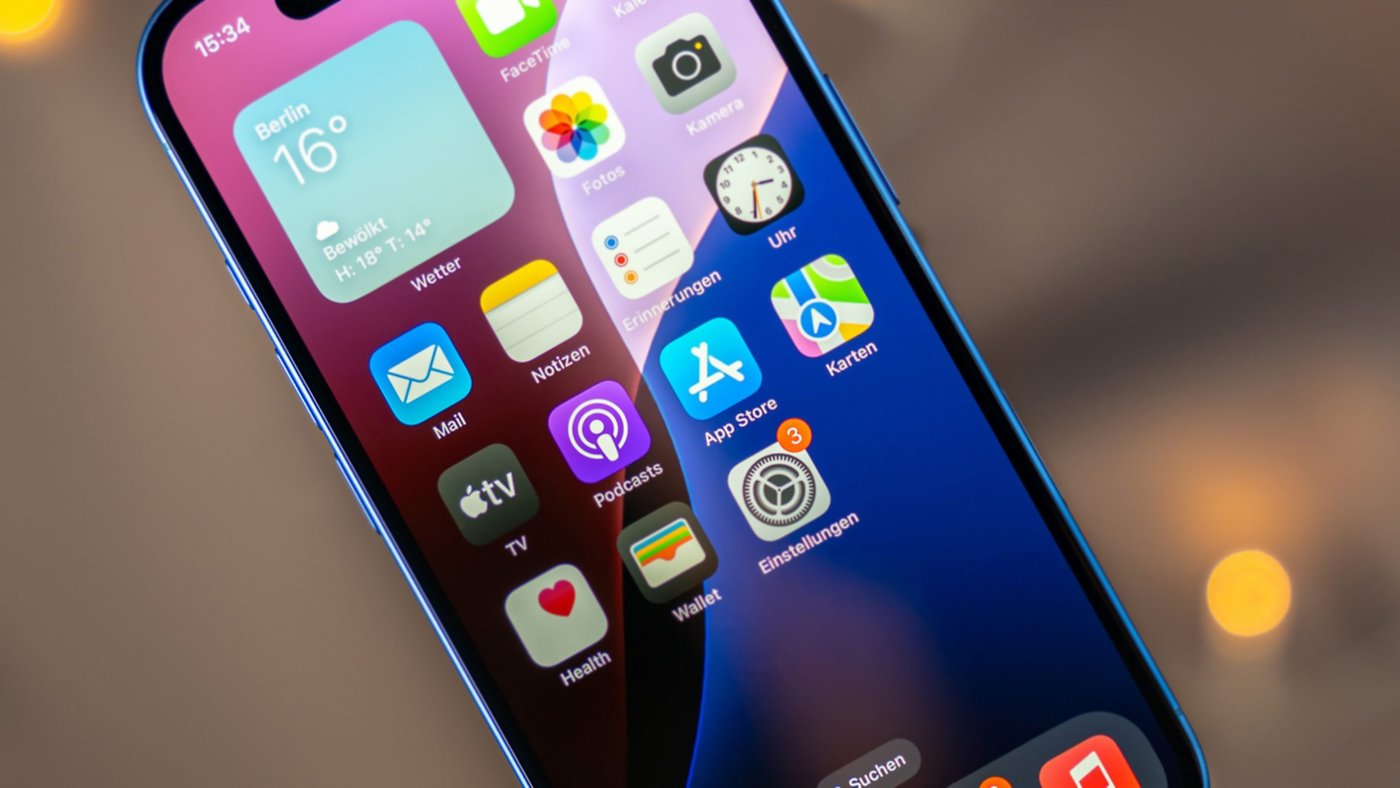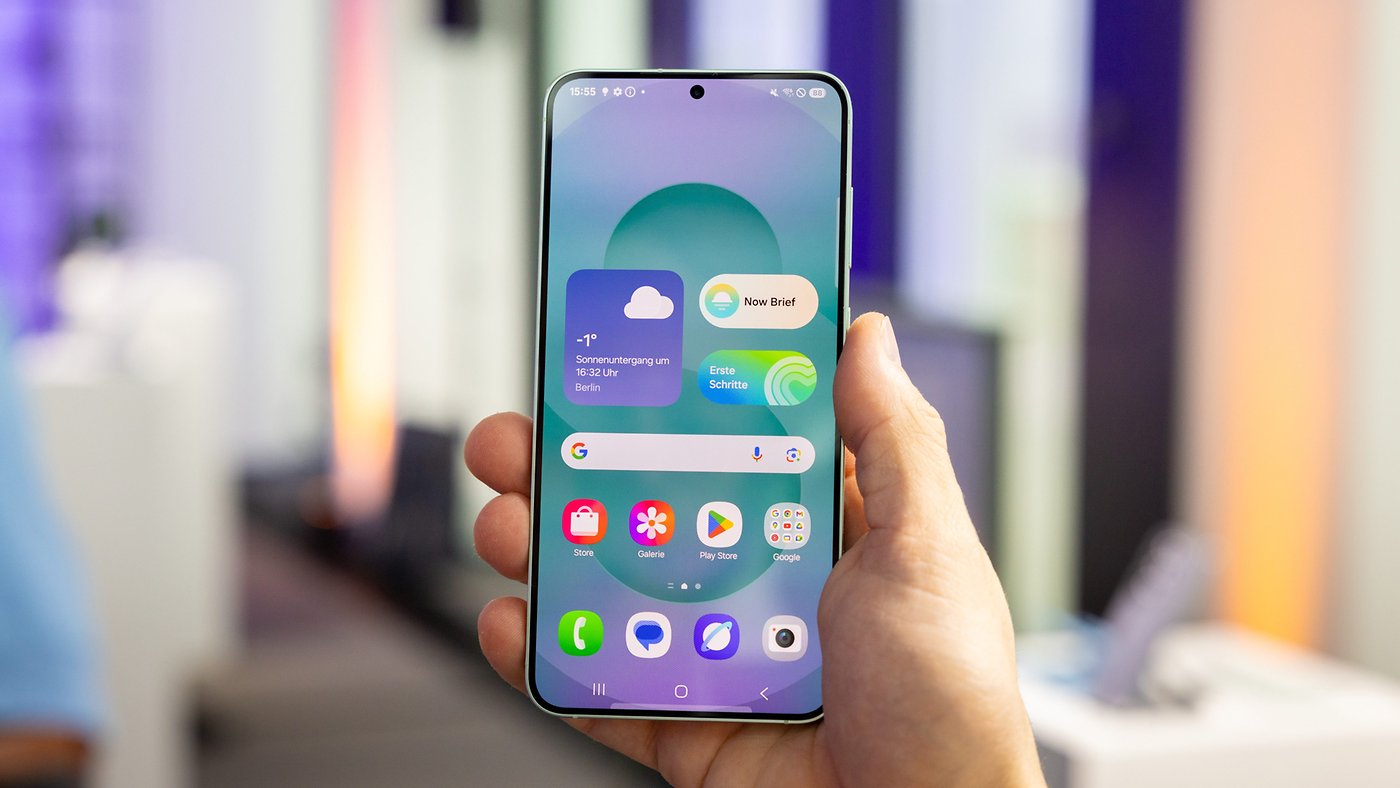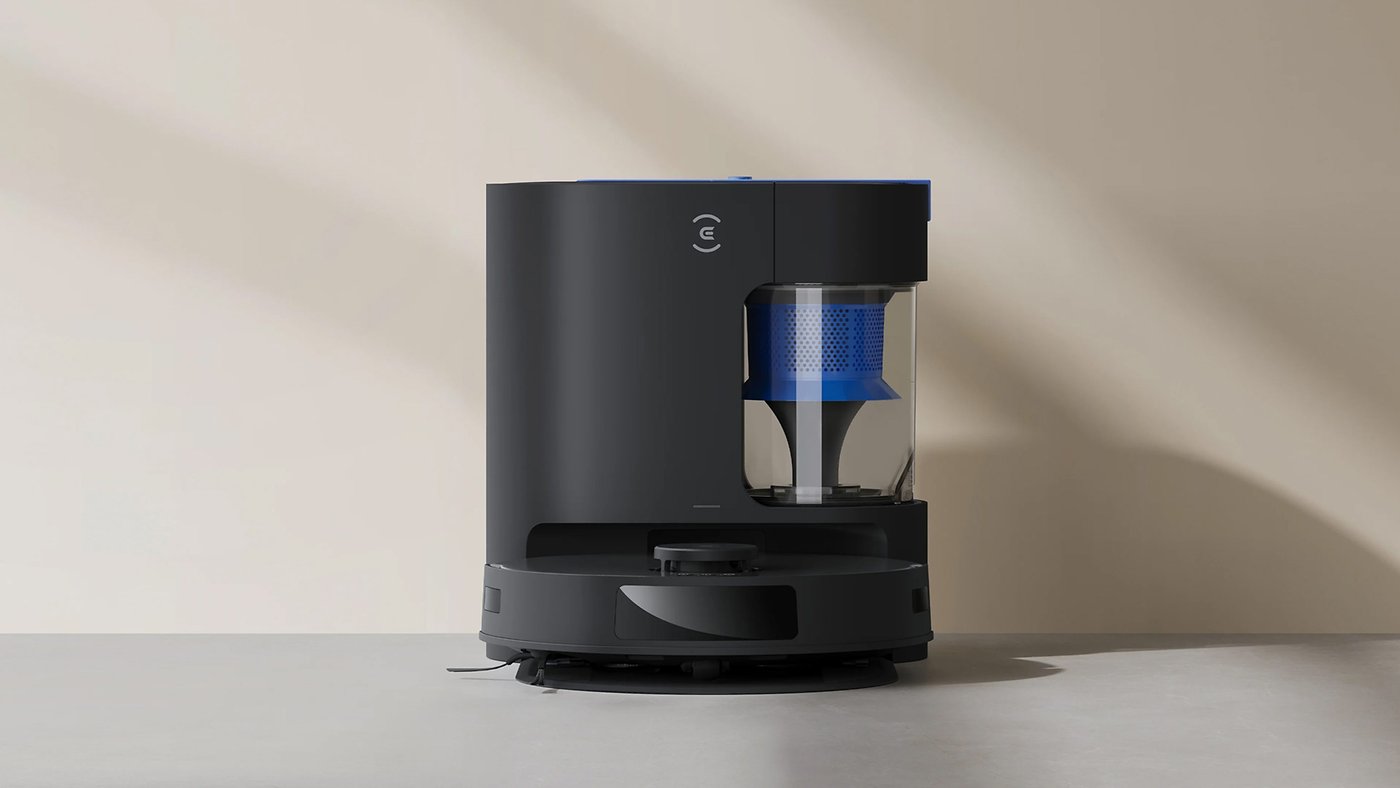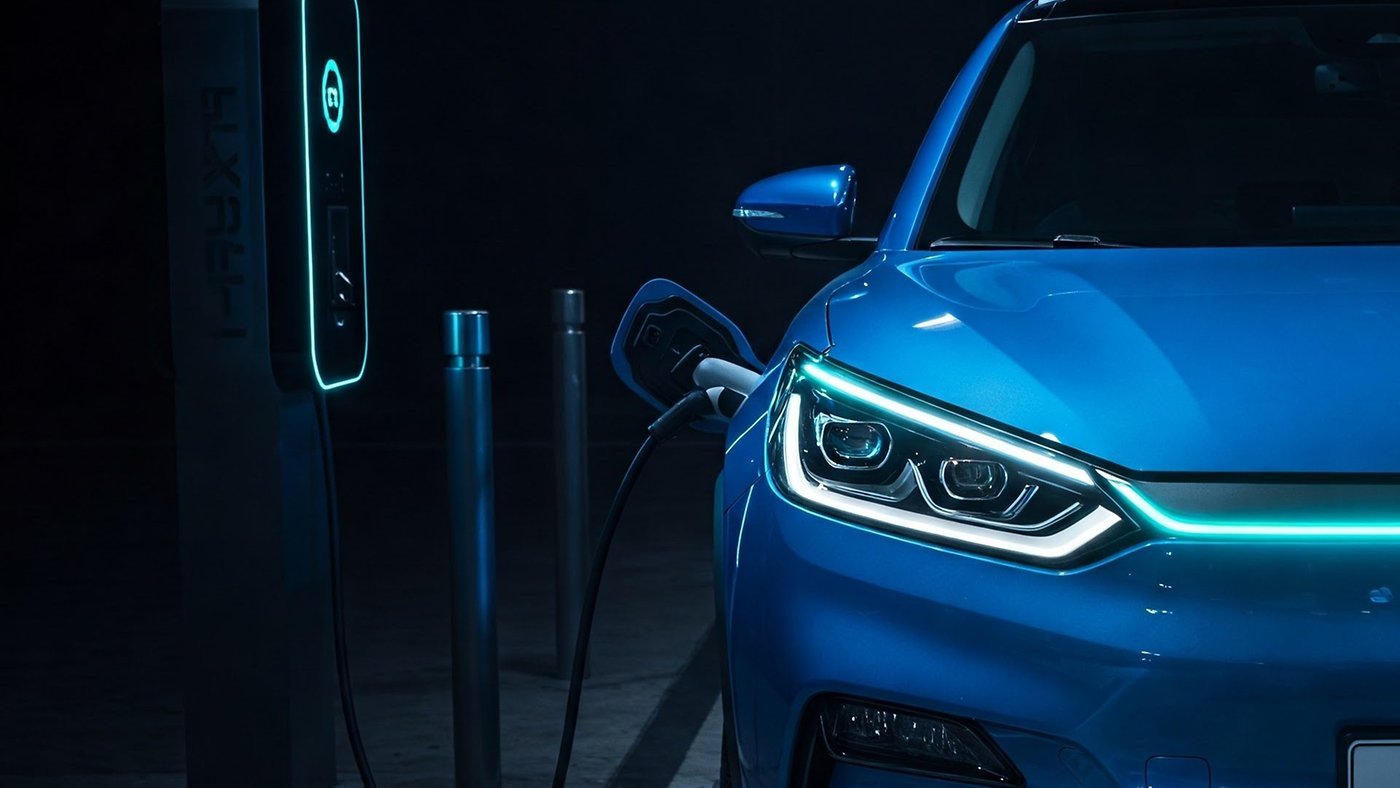
The Poco F5 arrived in the NextPit office with big shoes to fill: Not only is it the direct successor to the very (VERY) popular Poco F1—the “flagship-killer-killer”—but it is also the first phone released in the West with the promising new Snapdragon 7+ Gen 2 processor. The phone managed to beat very recent flagships on performance and battery life, but at what costs? Keep reading to find out!
Good
- Excellent (and stable) performance
- Great battery life
- Good screen
- Headphone jack
Bad
- Preinstalled apps don’t spark joy
- Camera module is barebones
- No microSD support
Xiaomi Poco F5 in a nutshell
The Poco F5 was announced in May 2023 together with the F5 Pro model. As part of the F family, both phones offer near flagship processors at a lower price than their competitors, usually with the camera compromises found on gaming phones.
For the Poco F5, Xiaomi equipped the phone—and its Chinese twin Redmi Note 12 Turbo—with the new Snapdragon 7+ Gen 2 chip from Qualcomm. A definite highlight of the Poco F5, the Snapdragon processor offers a CPU configuration similar to flagship chips, and delivers on its high-end performance as you will see below.
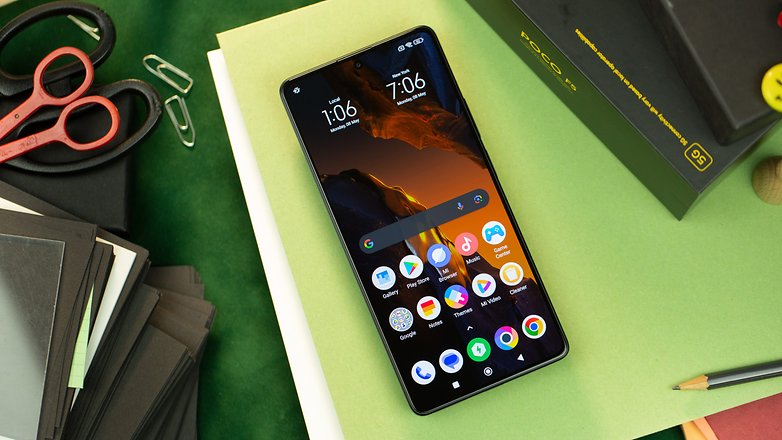
The Poco F5 is available in two memory configurations, one with 8 GB of RAM and 256 GB of storage, and the other with 12 + 256GB, respectively on the LPDDR5 and UFS 3.1 standards. In China, its twin, the Redmi Note 12 Turbo is additionally available on a 12 + 512 GB option.
As usual, when it comes to Xiaomi phones, the Poco F5 won’t be officially available for sale in the US, but it should be sold through third-party importers via marketplace sellers.
Design and display
With its roots in the Redmi Note 12 family, it is not surprising to know that
the Poco F5 sports a bright 6.67’’ OLED display with Full HD+ resolution and 120 Hz refresh rate. And Xiaomi does so with a relatively compact frame that is also light and easy to hold, despite the big screen.
Pros:
- Surprisingly light.
- Good 120 Hz OLED screen.
- Thin bezels.
- Easy to hold.
- Headphone jack.
Cons:
- No IP certification.
- No expandable memory.
- Plastic back is a fingerprint magnet.
The Poco F5 review unit for NextPit came in black and it features a design that avoids being flashy as some Poco phones from the X, M or C lines. The F5 could easily be mistaken for a Redmi Note, with discreet branding and the triple camera setup in the back.
Speaking of the back, it has a plastic build with a carbon-fiber-like finish. It is easy to hold without being slippery but is not so easy to keep clean, with fingerprints accumulating very fast.
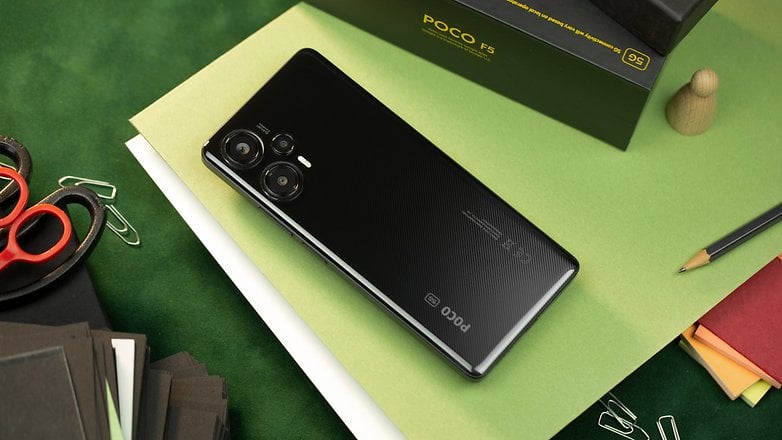
The grip is also helped by the fact that the Poco F5 is rather thin and compact in view of its battery and display sizes, at 161.1 x 74.9 x 7.9 mm and 181 grams of weight.
The 6.67’’ display is surrounded by thin bezels and the punch-hole for the selfie camera is smaller than the one found in the Redmi Note 12 Pro+ we tested a few weeks ago. It also features smooth animations thanks to its 120 Hz refresh rate, and is readable outdoors, with its 1000 nits maximum brightness.
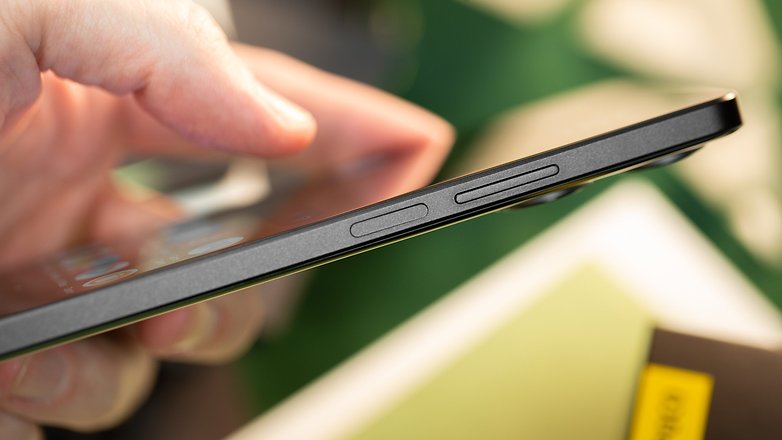
Color reproduction was nice—OLED panels are apparently getting commoditized, it has been a while since we last saw a screen that wasn’t good…—with a good contrast ratio, and support for Dolby Vision and HDR10+ content.
As we go around the sides of the Poco F5 we will find the volume and power buttons in easy-to-reach places, with the power button also working as a very fast and precise fingerprint reader. On the bottom are the USB-C port and SIM tray slot, and the top features a headphone jack and Xiaomi’s usual IR blaster.
Performance and software
The Poco F5 is the first phone we tested equipped with the Snapdragon 7+ Gen 2 processor, featuring a high-performance Cortex-X2 CPU previously found only on the top chips from Qualcomm, MediaTek, or Samsung. Even though it clocks at a “modest” 2.9 GHz, it offers a performance that rivals any flagship phone from 2022, probably because it is built on TSMC’s efficient N4 process.
Pros:
- Flagship level performance.
- No stability or heat issues.
- Nice (and useful) gaming overlay.
Cons:
- Lots of preinstalled apps.
- Update policy could be better.
In synthetic benchmarks, the Poco F5 performs as well as phones equipped with the Snapdragon 888, 888+, and 8 Gen 1, and is not far from recent flagships powered by the 8+ Gen 1 and 8 Gen 2
. In daily use, performance was also flagship-like, helped by the combination of fast LPDDR5 and UFS 3.1 memory.
| Poco F5 (Snapdragon 7+ Gen 2) |
Xiaomi 12 (Snapdragon 8 Gen 1) |
OnePlus 9 (Snapdragon 888) |
Google Pixel 7 (Tensor G2) |
Nothing Phone (1) (Snapdragon 778G+) |
|
|---|---|---|---|---|---|
| 3D Mark Wild Life | 7625 | Maxed out | 5879 | 6656 | 2809 |
| 3D Mark Wild Life Stress Test |
Best loop: 7632 Worst loop: 7582 |
Best loop: 8615 Worst loop: 4589 |
Best loop: 5889 Worst loop: 3228 |
Best loop: 6651 Worst loop: 4902 |
Best loop: 2832 Worst loop: 2816 |
| Geekbench 6 | Single: 1107 Multi: 4232 |
Single: 999 Multi: 3196 |
Single: 981 Multi: 3379 |
Single: 1454 Multi: 3794 |
Single: 796 (v5) Multi: 2889 (v5) |
Better yet, the Snapdragon 7+ Gen 2 showed very consistent results in the 3D Mark stress test, with less than 1% variation between the best and worst results over a continuous 20-test loop. Different from most Snapdragon 888 or 8 Gen 1 equipped phones, the Poco F5 didn’t show signs of overheating and just performed flawlessly.
In games, the Poco F5 ran like a champ in games like Call of Duty: Mobile with stable performance over longer sessions and even the option of using high-resolution textures.
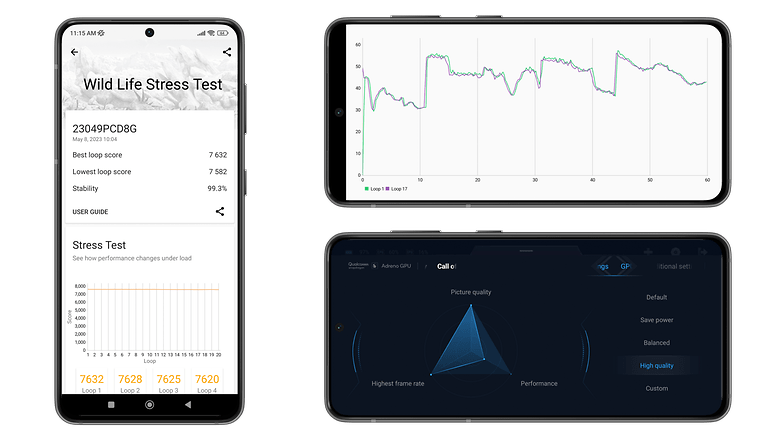
Gamers will find a true gaming-phone-worthy overlay with not only the usual controls to mute notifications and record gaming sessions, but also the Adreno GPU settings to balance image quality, frame rates, and power consumption.
Software
While performance is probably the Poco F5 at its best, the software can be considered its weakest point. Not that MIUI doesn’t work well, as it is as snappy and easy to navigate as always. The problem is really the amount of preinstalled apps on the phone.
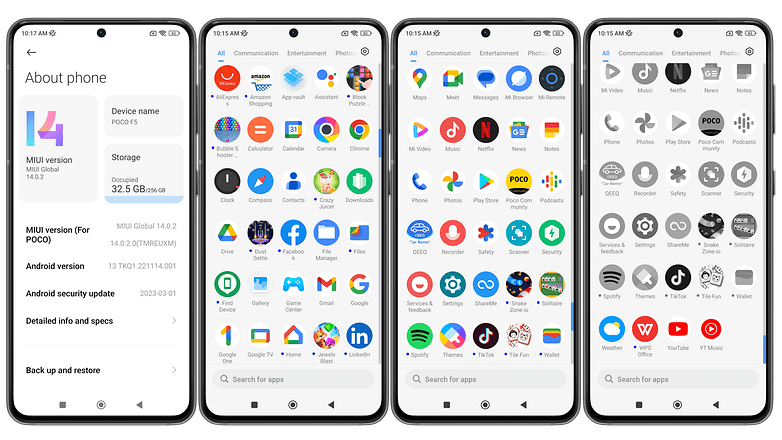
We counted 17 third-party apps installed by default on the Poco F5, ranging from admittedly must-have ones (for some) such as Spotify and Netflix to eight casual games with ads and/or microtransactions. On the other hand, it seems the MIUI build on the Poco F5 is not riddled with ads but that could be the result of only using the phone for less than a week…
And as with its siblings from the Redmi Note, Xiaomi’s update policy is definitely not-flagship level. Not only past models like the F2 Pro only received up to two major operating system upgrades, but Poco’s plan for the F3 and F4 models is also to distribute Android 13/MIUI 14 only in Q2 2023, almost 6 months after OnePlus and Samsung updated their flagships to Android 13.
Xiaomi Poco F5 camera
Like its predecessors, the Poco F5 is not really a contender for the best camera phone, while
pictures with the main camera under daylight were nice and pleasant, the additional cameras were not as useful.
Pros:
- Good daylight pictures.
- Nice pictures at night with some lighting.
- Selfies were not over-processed.
Cons:
- No telephoto lens.
- 2 MP macro camera is not useful.
Photography is not really Poco’s forte, and the F5 is no different. With its Redmi Note 12 roots, the Poco F5 is equipped with a triple camera module—64 MP main, 8 MP ultra-wide-angle, and 2 MP macro—on the back and a 16 megapixels sensor for selfies.
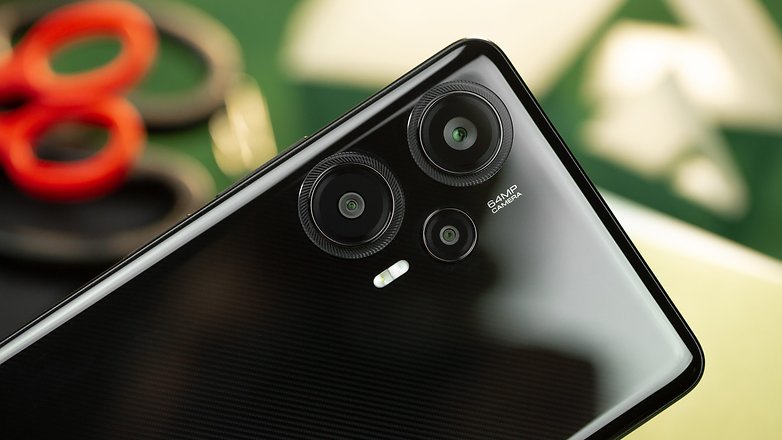
The 64 MP main camera gave good results, with little to no noise, and a good level of detail—despite the weather not collaborating much. At night, depending on the lighting conditions, pictures were also pleasant, both with the night mode on or off.
The ultra-wide-angle lens offered mixed results, while daylight shots were decent enough—albeit with some color differences from the main camera—night shots tended to be blurry, slightly less so with night mode.
As for selfies, the results were good enough, without over-processing skin tones or going overboard with “beauty” effects. Even the portrait processing performed well, with a good separation between the subject and the background.
The macro lens on the other hand is questionable as expected, with the low resolution of the 2-megapixel sensor making pictures barely usable. Unless you need to focus on something really up close, it is probably better to use the main camera instead.
Xiaomi Poco F5 battery
Xiaomi played it safe when speccing the Poco F5 in the battery department.
The phone is equipped with a 5000 mAh battery similar to most new devices from the Redmi Note (and its rival Galaxy A) series. On the charging department, the included 67 W power adapter may not break speed records but is still faster than most competitors.
Pros:
- Fast charging times.
- Included 67 W power adapter in the box.
- Excellent battery life.
Cons:
Battery life with an average daily usage is well within a “two-day level”, and users not running demanding games or binge-watching streaming series could very well reach three days of battery life by switching some power-saving features.

Even with graphics-intensive activities like the 3DMark Stress Test, we had to run a bunch of extra runs to deplete the battery in order to test charging times. The impression was reflected on the PC Mark battery test, where the Poco F5 scored an impressive 15h33min score going from 80 to 20%.
| Charging | Poco F5 | Galaxy A53 | Redmi 12 Pro+ | Galaxy A34 |
|---|---|---|---|---|
| 5 minutes | ||||
| 10 minutes | ||||
| 20 minutes | ||||
| 30 minutes | ||||
| 1 hour | ||||
| Full charge | ||||
| PC Mark Battery test |
As you can see in the table above, charging using the included 67 watts adapter starts impressively with 21% of charge in just 5 minutes. As usual, things progress at a slower pace, reaching 85% in 30 minutes before a full charge in just under 50 minutes.
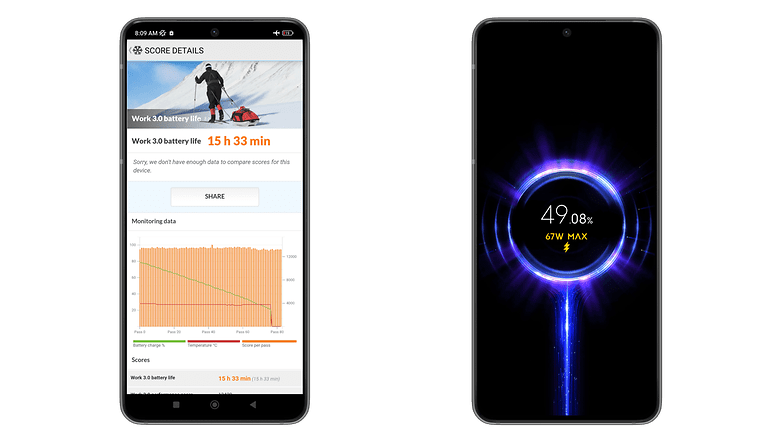
The only thing missing for a true flagship experience in the battery department for the Poco F5 is wireless charging. But since it is not a feature usually found in its price range, we didn’t take points away from the final score because of it.
Xiaomi Poco F5 technical specifications
| Xiaomi Poco F5 (aka Redmi Note 12 Turbo) | |
|---|---|
| Screen | 6.67-inch OLED display 2,400 x 1,080 pixels (FHD+) 120 Hz refresh rate |
| Dimensions | 161.1 x 74.9 x 7.9 mm |
| Weight | 181 g |
| SoC | Qualcomm Snapdragon 7+ Gen 2 |
| Memory | 8 / 12 GB LPDDR5 RAM 256 GB UFS3.1 ROM |
| Software | MIUI 14 based on Android 13 |
| Expandable memory | No |
| Camera | Main: 64 MP | f/1.8 aperture Ultra-wide-angle: 8 MP | f/2.2 Macro: 2 MP | f/2.4 |
| Selfie | 16 MP | f/2.4 aperture |
| Audio | Dual Speakers Dolby Atmos 3.5 mm headphone jack |
| Battery | 5,000 mAh |
| Wired charging | 67 watts (included) |
| Wireless charging (Qi) | No |
| IP certification | No |
| Connectivity | Wi-Fi 6 | Wi-Fi Direct | Bluetooth 5.3 | NFC |
|
Other points that may interest the NextPit community:
|
|
Final verdict
As a successor to the very first Pocophone, the Poco F5 is a phone worthy of the Poco F1 heritage, even without using a top-of-the-line Snapdragon processor.
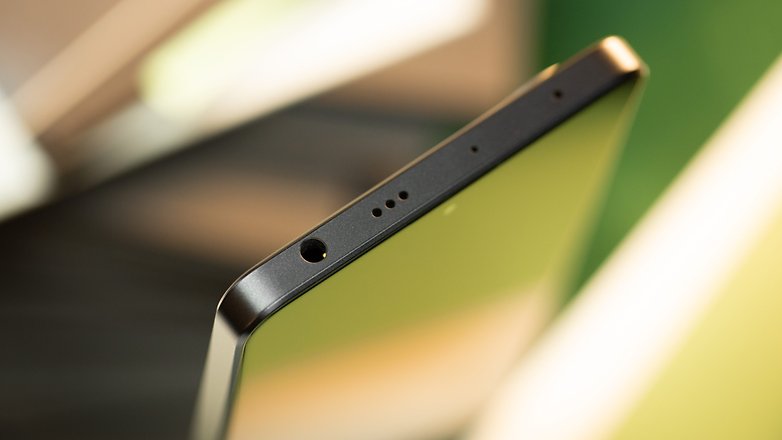
The Snapdragon 7+ Gen 2 chip on the Xiaomi phone offered similar performance to all non-gaming flagship phones from 2021 and 2022 in games and daily apps, without the overheating issues that affected those devices.
The Poco F5 unfortunately doesn’t improve things much in the camera department compared to its predecessors, but that was never Poco’s mission. And the Redmi Note 12’s DNA can be seen clearly in the questionable selection of secondary cameras, which could be much more useful with a telephoto lens.
Another negative point is the number of third-party apps preinstalled, but by this point, it seems to be a tradeoff to have the device at a lower price range. And at least Xiaomi didn’t stop us from going all Marie Kondo on the 15 apps…
In the end, the Poco F5, like its predecessors, tries to be that elusive “flagship killer” we remember from phones like the OnePlus 1 and Poco F1. And even with those trade-offs in software and camera, if your priorities are battery life and consistent performance, the Poco F5 is definitely a flagship beater.



